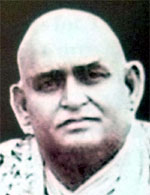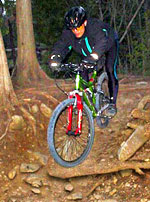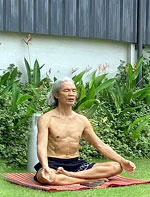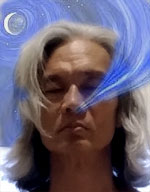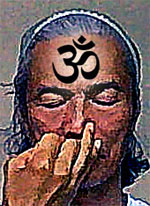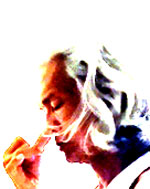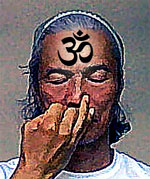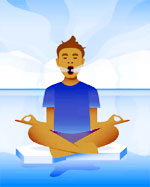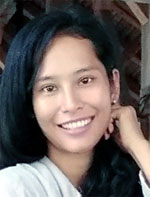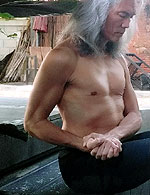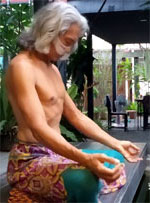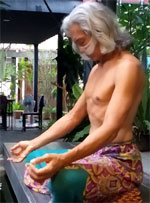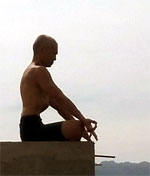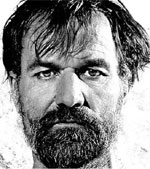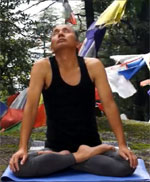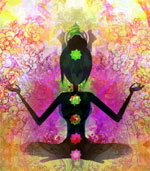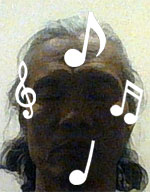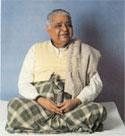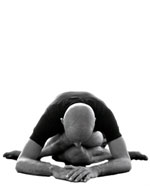
Youth, Aging & Longevity
Youth, Aging & Longevity
Staying Forever YoungPranayama Classes
Pranayama Yoga Series
Basic Pranayama Classes (breath regulation)
Intermediate-Advanced Pranayama
Meditation Series
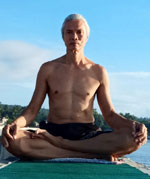 January 9, 2024
January 9, 2024
Kumbhaka / Nada Meditation
Disclaimer
While I have completed my 200 hours of teacher-training and have been practicing yoga for over 2 decades, I am not a guru and I don't package myself as one. I'm just a dedicated practitioner sharing my knowledge, skill, and insight.
This sequence is an advanced hack on yoga - some are not in the books and it's risky especially if your practice is not strong. Ideally, you should be under the guidance of a guru or be initiated into the practice. I'm doing this on my own because I cannot find a suitable guru and I am comfortable studying established yoga books and weaving different practices into a seamless singularity (like a chef who creates an intuitive fusion-recipe with everything he knows about cooking). The fact that I'm posting this means I have already done it many times with only positive results. My unique practice has made me strong, vibrant and resilient from disease. Be advised that if you do this sequence, you are doing it at your own risk.
Glossary
- Pranayama - yogic practice of regulating the breath. This is the 4th Limb of Yoga
- Wim Hof breathing - a type of Pranayama entailing full breathing in succession with no pause. You essentially hyperventilate
- Kumbhaka - holding the breath, either on the inhale or exhale. Kumbhaka is the most powerful aspect of Pranayama. In Hatha Yoga Pradipika, it says, "There is no Pranayama like Kumbhaka"
- Nada sound - it's a sound heard by our subtle perception. It's not audible in the frequency spectrum. When the body is relaxed, when the mind is stilled and when emotions are pacified, these subtle sounds begin to emanate
- Nadi - energy pathway. In the same way a blood vessel is a pathway for blood to flow, nadi is the pathway of energy flow. This is meta-physical and cannot be seen. There are 72,000 nadis in the body and the 3 most important are Ida, Pingala and Sushumna. When we normally breathe, energy loops from Ida to Pingala Nadi. For energy to flow through the nadis, the nadis should be kept pure, clean and unblocked. This can be done through Nadi Shodhana Pranayama (alternate nose breathing), Shat Kriya (yoga's 6 purification processes), etc.
- Ida Nadi - female energy pathway on the left nostril
- Pingala Nadi - male energy pathway on the right nostril
- Sushumna Nadi - this is by far, the most important nadi in the body. It extends from the Muladhara Chakra (at the base of the spine), runs along the spine, passes through the major chakras and ends up on the most important chakra, the Sahasrara Chakra on top of the head
- Prana (energy) - subtle energy that sustains life. Without prana, we die. Prana flows along the nadis.
- Bandha - energy lock through body contraction. It is important to note that in this practice, NO bandha is employed - otherwise, it's no longer a meditation
*** To better understand this text, please peruse the glossary
Overview
When you hold your breath, completely relax, and meditate on the Nada sound, prana no longer flows along Ida and Pingala - it now flows along Sushumna, the central nadi pathway redirecting Prana from Muladhara Chakra all the way to Sahasrara Chakra. When that takes place, magical things begin to happen.

The Sequence
- Siddhasana / Padmasana - if you cannot sit on those poses, take any seated pose that is comfortable
- Wim Hof breathing - do 3 minutes. Being fully oxygenated allows longer breath-holds
- Ujjayi Pranayama - on both the inhale and exhalation, do slow Ujjayi Pranayama, constricting the air passage along the throat so you feel/hear a hissing/rubbing sound
- Breath-hold - this can be done either of 3 ways. It's good practice to do all three and settle for the most resonance (not necessarily the most comfortable):
- Antara kumbhaka - breath-hold on the inhale. This allows the longest breath-hold
- Bahya kumbhaka - breath-hold on the exhale. This allows the shortest breath-hold
- Neutral - breath-hold when the lungs are neutral, neither in suction nor in-pressure. This allows the most comfortable breath-hold
- Listening for Nada Sound - during breath-hold, relax completely and just listen to any sound that might emanate inside the head. The breath-hold allows for greater concentration on Nada Sound. When you feel the need for air, observe how that feels before releasing. But keep the air inside as long as possible without straining.
This is Round 1. Go back to the Wim breathing for the next round. How many rounds? Up to you, but make it progressive with your practice.
Ending Thoughts
This is a powerful meditation that employs Asana (Padmasana / Siddhasana), Pranayama (Ujjayi and Wim Hof), Kumbhaka (Antara, Bahya and Neutral), and Adhittana (strong determination of hold the breath with no reaction) and listening for Nada. This is a fast way to develop mental resolve, awaken Kundalini, and reverse the aging process.
--- Gigit (TheLoneRider)
YOGA by Gigit ![]() |
Learn English
|
Learn English ![]() |
Travel like a Nomad
|
Travel like a Nomad ![]() |
Donation Bank
|
Donation Bank ![]()
Leave a comment?
Next Meditation:

![]()
![]()
»» back to Meditation
»» back to Yoga
»» back to Homepage
ARCHIVE 2025:
JAN |
FEB |
MAR
1970 |
1973 |
1975 |
1976 |
1977 |
1979 |
1981 |
1996 |
2000 |
2001 |
2002 |
2003 |
2004 |
2005 |
2006 |
2007 |
2008 |
2009 |
2010 |
2011 |
2012 |
2013 |
2014 |
2015 |
2016 |
2017 |
2018 |
2019 |
2020 |
2021 |
2022 |
2023 |
2024 |
2025 |
ALL BLOGS
